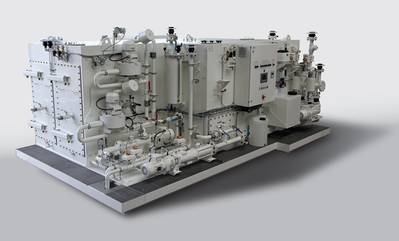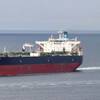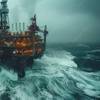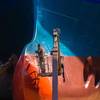ACO Unveils New Plant for Upcoming Wastewater Rules
ACO Marine, a supplier of advanced wastewater treatment systems, is about to introduce a new version of its established Maripur wastewater treatment range.
The next generation ACO Maripur NF sewage treatment system has been specifically developed to ensure operators of specialist tonnage in the passenger and mega-yacht sectors comply with the impending IMO Resolution MEPC 227(64) – including Section 4.2. This requires vessels with 12 or more passengers operating in IMO designated ‘Special Areas’ to effectively treat also Phosphorous and Total Nitrogens.
“Currently, there are only a limited number of ship wastewater treatment plant technologies on the market that meet the new requirements,” said ACO Marine Managing Director Mark Beavis, speaking today at the global product launch, during SMM, Hamburg.
“This is largely due to the fact that systems that have hitherto relied on dilution as a part of the treatment process will have difficulty in meeting the new testing and sampling standards of the resolution. Lots of technologies use dilution, but dilution is not a solution to pollution; it is not treating it, it is reshaping it; we can treat it and remove the pollutants,” he said.
Compatible with both gravity and vacuum systems, the ACO Maripur NF is a high-end, black and grey water treatment system that combines the company’s extensively researched and developed ACO-MF filtration technology with its new patented ACO ‘bio-sword’, a self-cleaning filtration element that effectively treats a ship’s wastewater to well below the mandatory levels.
Manufactured entirely in the European Union from 316 Stainless Steel, ACO Marine offers the ACO Maripur NF as a bespoke newbuild or retrofit solution capable of treating wastewater capacities up to 57,500 liters per day.
Meeting the MEPC 227(64) requirement for nitrogen and phosphorous removal, the system works by way of a biochemical purification process taking place in a first-stage activation chamber. During this phase, organic pollution and ammonia is removed. Simultaneous to this aerobic phase is an anoxic cycle where nitrate is removed. Biochemical phosphorus removal is achieved by dosing with aluminum- or iron-based coagulants which ensure the effective precipitation of the phosphorous during the final filtration stage.
The combined effectiveness of the ACO Marine technology has also provided a wastewater treatment plant that has allowed the additional treatment process within the same footprint as the original variant. The technology also allows for much greater flexibility during maintenance, since it is no longer necessary to discharge the entire contents of the tank for internal access.
“By combining these two unique technologies we have been able implement the requirements of 227(64) Section 4.2 without having to increase the size of the Maripur unit. Disinfection of the treated effluent is by in-line mounted UV lamp with no requirement for chemicals in any part of the ACO MF process,” said Beavis.
“The use of the new ‘bio sword has enabled us to reduce the volume of the membrane compartment and overall footprint of the system without impacting the capacity and performance of the unit. It is completely unaffected by ship movement and vibration and requires little maintenance. The only consumable is the filtration ‘sock’, which needs changing about every three months,” Beavis added.
DGÜV tests have already confirmed that the ACO Maripur NF system meets the existing MEPC 159(55) standard, while type-approval tests confirming MEPC 227(64) (including Section 4.2) compliance are due to conclude in January 2015.
Initial testing has verified that the ACO Maripur NF can reduce Coliform Bacteria to 25/100ml, TSS to <14mg/l, BOD to <3mg/l, and COD to <25mg/l.
acomarine.com














